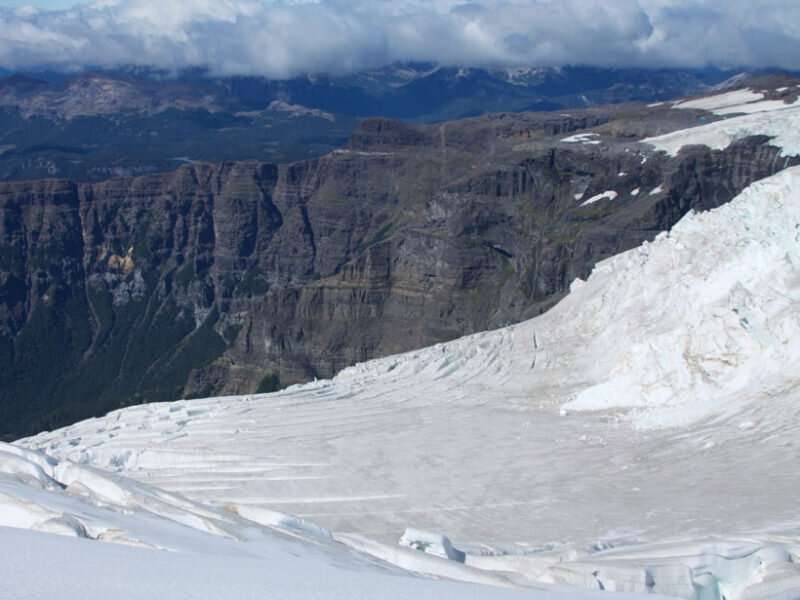Past climate change affected mountain building in the Andes

Climate change can affect the tectonic processes that deform Earth's surface to build mountains. For instance, in actively deforming mountain ranges such as the North Patagonian Andes, erosion caused by increased rainfall or glaciers might alter the structure of the mountains to such an extent that internal stresses and strains shift and reconfigure, changing how the terrain is molded.
However, although theoretical evidence supports the influence of climate-driven erosion on mountain building, real-world data are lacking. Now García Morabito et al. present new data that support the theorized feedback between climate and tectonic deformation in the North Patagonian Andes.
Previous research has extensively explored the region's climatic and geologic history. Still, the timing, duration, and spatial patterns of tectonic deformation have not previously been examined with enough precision to draw strong causal connections between climate change and mountain-building processes.
To fill this gap, the researchers conducted field observations in the North Patagonian Andes, with a focus on the foreland basin that lies just east of the mountains and holds signatures of their tectonic history. Key to the analysis was dating of basin rocks and structures according to uranium-lead ratios and beryllium isotope levels. This dating enabled the researchers to analyze deformation at the level of individual faults.
Combined with previously collected data, the new observations revealed a clearer picture of the region's past: A period of widespread deformation and uplift appears to have occurred from about 13 to 7 million years ago. Then, deformation decreased in the foreland, coinciding with the onset of glaciation in the mountains.
In the past few million years, as glacial erosion intensified, structural reconfiguration occurred, with foreland deformation coming to a halt while fault activity within the mountains increased. These findings match theoretical predictions, supporting the impact of climate change on mountain-building processes.
More information: Ezequiel García Morabito et al. The Influence of Climate on the Dynamics of Mountain Building Within the Northern Patagonian Andes, Tectonics (2020). DOI: 10.1029/2020TC006374
Provided by Eos
This story is republished courtesy of Eos, hosted by the American Geophysical Union. Read the original story here.





















